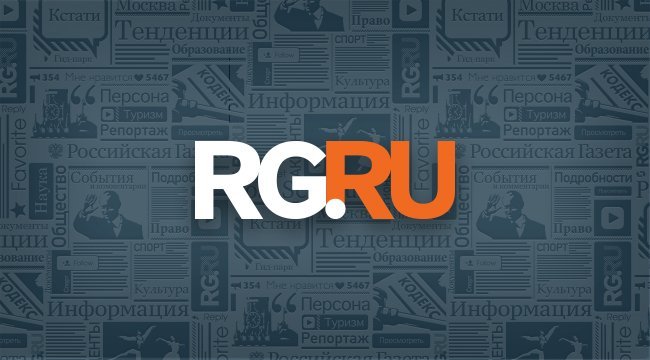To reduce budget spending, experts suggest lowering interest rates on loans and simplifying the inclusion of corporate client securities on the Lombarda List.
budget expenses
Since 2014, the Government of the Russian Federation has been stimulating the economy by supporting the population and financial institutions to offset high rates and make loans more affordable. Expenses for such purposes recently amounted to 600-800 billion rubles a year, ICSI analysts say.
Spending on providing available borrowed funds increased from 165 billion rubles. in 2019 to 763 billion rubles. in 2021 – about 4.6 times. Last year, spending amounted to almost 685 billion, and this year it is planned at the level of 560 billion.
ICSI calculations show that spending has risen sharply in recent years due to the high key rate. Analysts distinguish two categories to which the funds are directed. On the one hand, they are used to subsidize interest rates, coupon payments and lease payments. On the other hand, for capital contributions and property contributions from key market participants.
“Increasingly, the real recipients of the funds are not the borrowers themselves, but banks and leasing companies that provide loans at a reduced rate or discounts on lease payments,” the study concludes.
According to ICSI, 35-40% of these expenses go to the Ministry of Agriculture to subsidize the agro-industrial complex. The Ministry of Finance spends around 30% on the administration of mortgage programs. Ministry of Industry: around 15% for industry subsidies. The exception was 2021, when 64% of the expenses fell to the Ministry of Economic Development only within the framework of a program. Then, to support legal entities and individual entrepreneurs after the quarantine restrictions, they spent a record 421 billion rubles.
As previously noted by Finance Minister Anton Siluanov, in the 2022 budget, the growth of federal budget spending compared to the previous year amounted to more than 6 trillion rubles. “This money was used to support citizens and provide the economy with everything it needs in the face of sanctions,” he added.
Continuing the theme of business support, Siluanov recalled that a deferral of insurance premiums was granted and loans were subsidized, which increased last year.
“In key sectors. These are industry, and the IT sector, construction and energy. They also proposed to continue and expand the mortgage programs”, reported the head of the Ministry of Finance.
subsidizing the population
ICSI analysts noted that in recent years they have started to spend more on subsidizing loans. “If in 2019 12.4% of the total expenditure of the federal budget for these purposes went to support the availability of borrowed funds for the population, then in 2023 this figure should be 36.4%,” says the study. .
Analysts attribute this trend to the expansion of state-supported mortgage programs, increased spending due to high rates and rising home prices. According to SberIndex, the average price per square meter. M. in the primary market increased from December 2019 to December 2022 by almost 1.9 times. And the expenditure of the federal budget on subsidies for state-supported mortgages (at a rate of no more than 7% per annum) in 2023 amounted to 73.2 billion rubles. In 2021, 5.5 billion were allocated for these programs, in 2022 – already 44.5 billion.
According to analysts, the position of the Central Bank, aimed at increasing the cost of borrowing to reduce inflation, is slightly different from those decisions on the development of the economy to which the Government of the Russian Federation refers. The head of the Central Bank, Elvira Nabiullina, said last year that the preferential programs should be used in a more targeted way, in limited volumes and for limited periods of time.
“The increase in the volume of such concessional loans has the following effects: part of the loans becomes less sensitive to our key rate, that is, monetary policy… We have to keep the key rate slightly higher to achieve the same results… and other things being equal, this means higher rates for other borrowers,” Nabiullina explained the Bank’s position.
As a result of this contradiction between fiscal policy and monetary policy, funds lent to those who do not receive support from preferential programs become less accessible and budget spending on subsidies increases. Thus, the government and the Bank of Russia, alternately increasing and limiting the availability of loans, fall into a “vicious circle,” the study says.
compromise solution
As a solution, ICSI analysts see ensuring the availability of loans to a wide range of participants “mainly through monetary and banking regulation.” In this case, we mean the reduction of the key rate of the Bank of Russia and the development of the bond market by simplifying the inclusion of securities of corporate issuers on the Lombard List (assets that the Central Bank is willing to accept as collateral when granting of loans to commercial banks – note “RG”). This will save government funds and make borrowing more affordable, analysts say. However, while the market expects only a rate increase.

